Maserati MC20
#1
2021 Maserati MC20 to Be Powered by All-Italian Twin-Turbo V-6

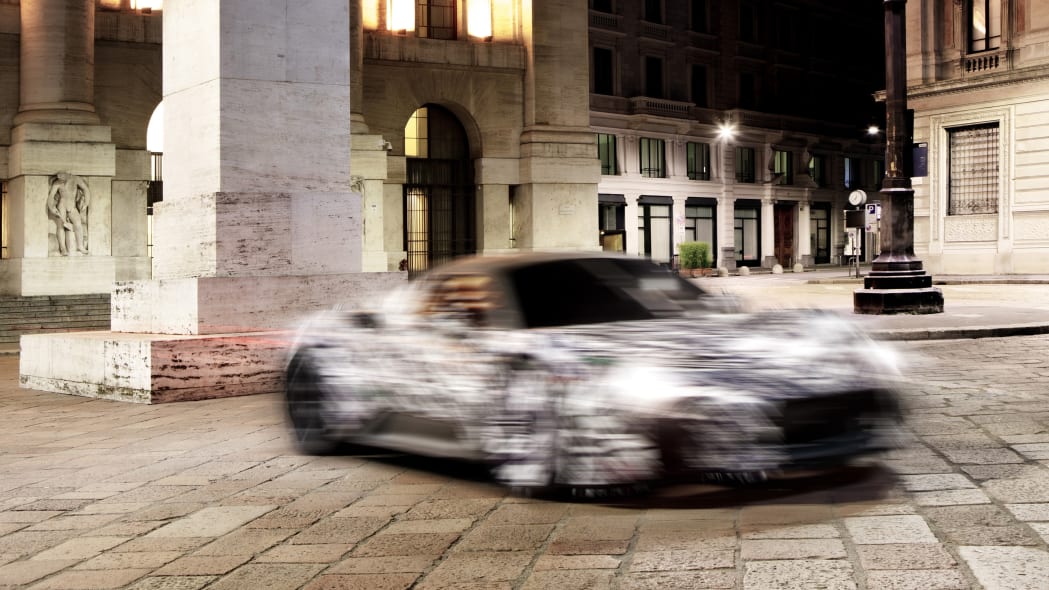

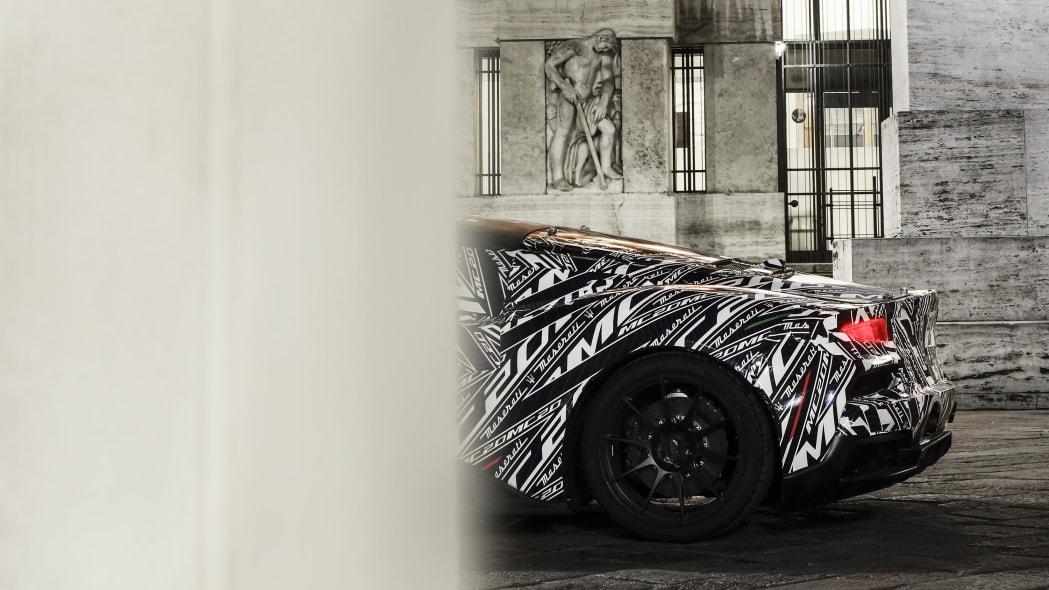
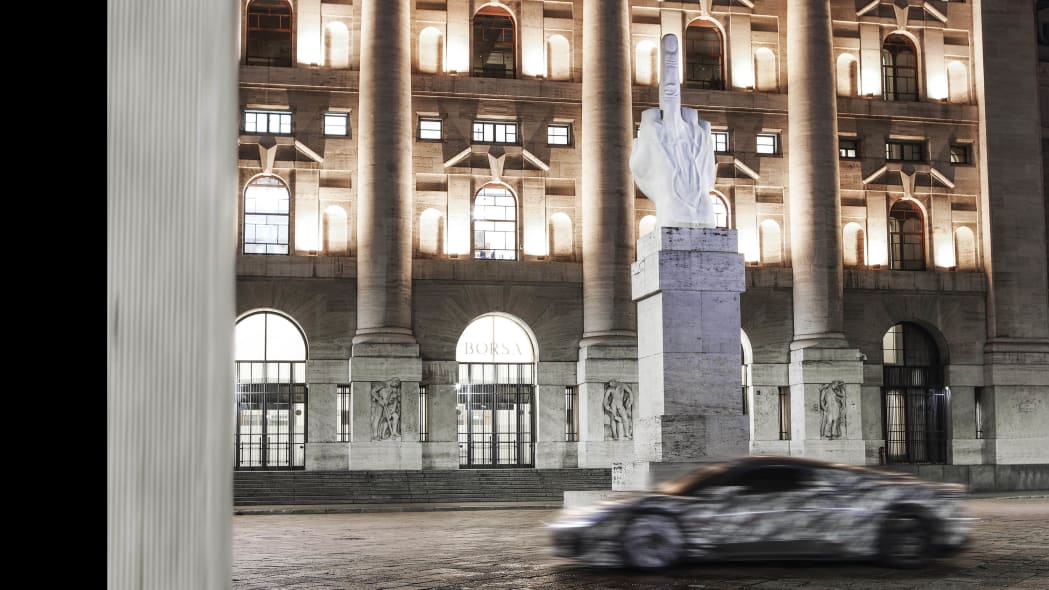
The upcoming MC20 will be a mid-engine reminder that Maserati exists. Rather than a successor to the ultrarare, hyperexpensive MC12, the MC20 is a run-of-the-mill six-figure Italian sports car offered in both coupe and convertible forms. Maserati promises that the MC20 marks the start of a new phase in the brand's history, which it desperately needs if its vehicles are going to be relevant again.MC20 mules appear to take cues from the Alfa Romeo 4C, which makes sense, as this Maserati could help amortize FCA's development costs for that Alfa's carbon-fiber tub. The first MC20s will use a new twin-turbo V-6 rumored to make more than 600 horsepower, with torque routed through an eight-speed dual-clutch automatic. We expect a hybrid eventually, and Maserati says a battery-electric version will come in time.
Maserati originally planned to reveal the MC20 in May, but has postponed the unveiling until September due to the coronavirus pandemic. The cabrio should follow in 2021. We estimate prices will begin around $160,000.
Maserati originally planned to reveal the MC20 in May, but has postponed the unveiling until September due to the coronavirus pandemic. The cabrio should follow in 2021. We estimate prices will begin around $160,000.
#3
This may for the time being take the place of the Gran Turismo until a proper RWD front engine coupe comes back to Maserati. In the meantime welcome back Maserati to the mid-engine club. Plenty of competitors to play with like Huracan, NSX, R8, C8, 570S, Valhalla etc
Last edited by Hoovey689; 04-13-20 at 05:17 PM. Reason: edit
Trending Topics
#9
The 3.0-liter six was developed in-house

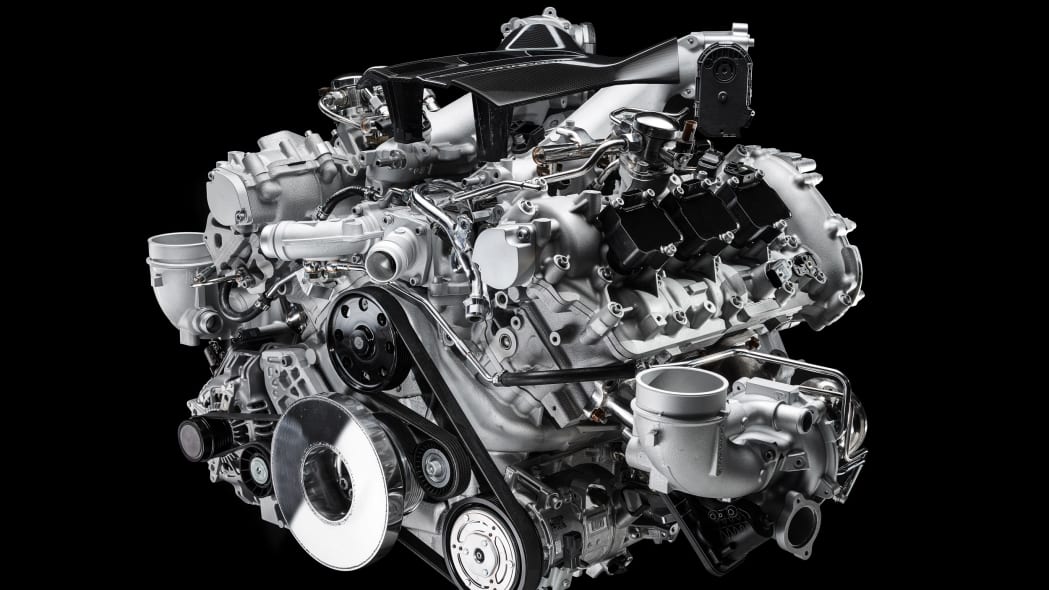

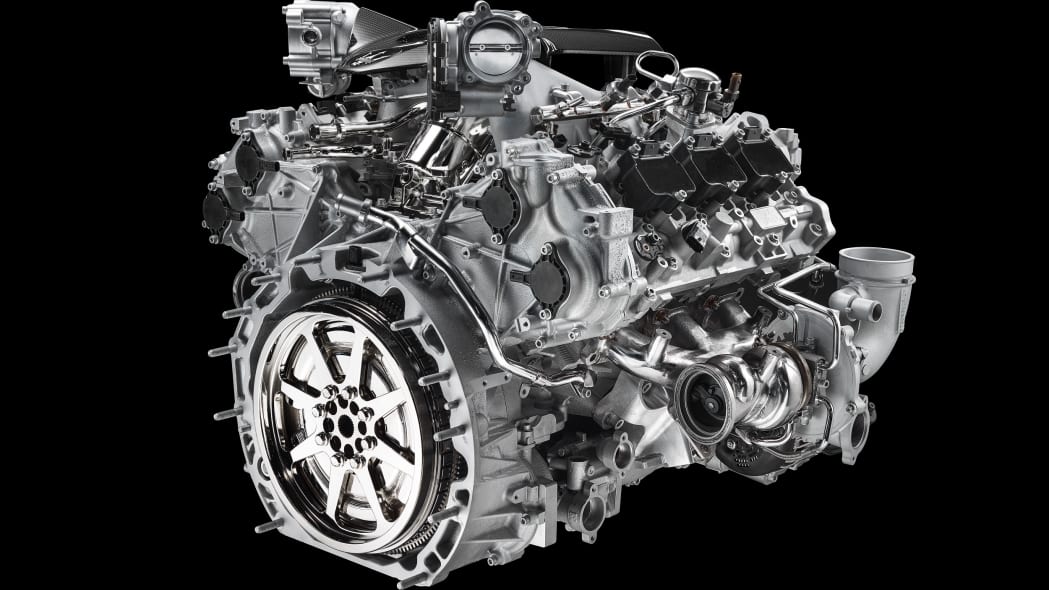
Maserati is done leaning on former sister company Ferrari for technical support. It has unveiled the six-cylinder engine it designed and will build in-house to power the MC20 supercar that's scheduled to make its debut later in 2020.
Ferrari's willingness to develop and/or build engines for Maserati shrank significantly when it split from former parent company Fiat-Chrysler Automobiles (FCA) in early 2016 and became independent. Insiders knew the division would be spun off, so they began designing Maserati's new engine (which is called Nettuno) in 2015 and accelerated the process in 2017. It's a 90-degree, 3.0-liter V6 with a dry sump and a twin-spark, pre-chamber ignition system rooted in racing. In this application, it's twin-turbocharged (the turbos are mounted on the outside of the engine rather than in the middle of it) and it's equipped with both direct and indirect fuel injection.
All told, the 485-pound Nettuno engine develops 630 horsepower at 7,500 rpm and 538 pound-feet of torque between 3,000 and 5,500 rpm. It continues revving to a redline of 8,000 rpm.
Matteo Valentini, Maserati's chief engineer, explained the Nettuno engine will ultimately power the company's entire range of vehicles, though he stopped short of naming the specific models that will use it after the MC20. He added the six-cylinder will "bring Maserati back into the world of racing," meaning its output will likely grow in the not-too-distant future. We'll learn more about the engine when the MC20 makes its debut September 9.
What remains to be seen is whether Maserati will replace the V8 available in the Levante and the Quattroporte, or if it will surf the downsizing wave sweeping across the industry. Developed jointly with Ferrari in the early 2010s, that engine makes 590 horsepower when it's bolted in the Levante Trofeo's bay, meaning its output is eclipsed by the Nettuno V6's. Both engines are built around a 90-degree architecture, so the 3.0-liter V6 could turn into a 4.0-liter V8 if it's modular enough to gain a pair of cylinders — and if Maserati sees a market for another eight-cylinder.
Ferrari's willingness to develop and/or build engines for Maserati shrank significantly when it split from former parent company Fiat-Chrysler Automobiles (FCA) in early 2016 and became independent. Insiders knew the division would be spun off, so they began designing Maserati's new engine (which is called Nettuno) in 2015 and accelerated the process in 2017. It's a 90-degree, 3.0-liter V6 with a dry sump and a twin-spark, pre-chamber ignition system rooted in racing. In this application, it's twin-turbocharged (the turbos are mounted on the outside of the engine rather than in the middle of it) and it's equipped with both direct and indirect fuel injection.
All told, the 485-pound Nettuno engine develops 630 horsepower at 7,500 rpm and 538 pound-feet of torque between 3,000 and 5,500 rpm. It continues revving to a redline of 8,000 rpm.
Matteo Valentini, Maserati's chief engineer, explained the Nettuno engine will ultimately power the company's entire range of vehicles, though he stopped short of naming the specific models that will use it after the MC20. He added the six-cylinder will "bring Maserati back into the world of racing," meaning its output will likely grow in the not-too-distant future. We'll learn more about the engine when the MC20 makes its debut September 9.
What remains to be seen is whether Maserati will replace the V8 available in the Levante and the Quattroporte, or if it will surf the downsizing wave sweeping across the industry. Developed jointly with Ferrari in the early 2010s, that engine makes 590 horsepower when it's bolted in the Levante Trofeo's bay, meaning its output is eclipsed by the Nettuno V6's. Both engines are built around a 90-degree architecture, so the 3.0-liter V6 could turn into a 4.0-liter V8 if it's modular enough to gain a pair of cylinders — and if Maserati sees a market for another eight-cylinder.
#13
The article does say that because it's a 90-degree, this could be the first step towards a 4.0L V8. If they didn't care about leaving themselves that option, they almost certainly would have gone with a 60-degree.
#14
For those less mechanically inclined, what's the level of effort needed to bolt on another 2 cylinders? Is it fairly straightforward or would it require a significant amount of rework?





